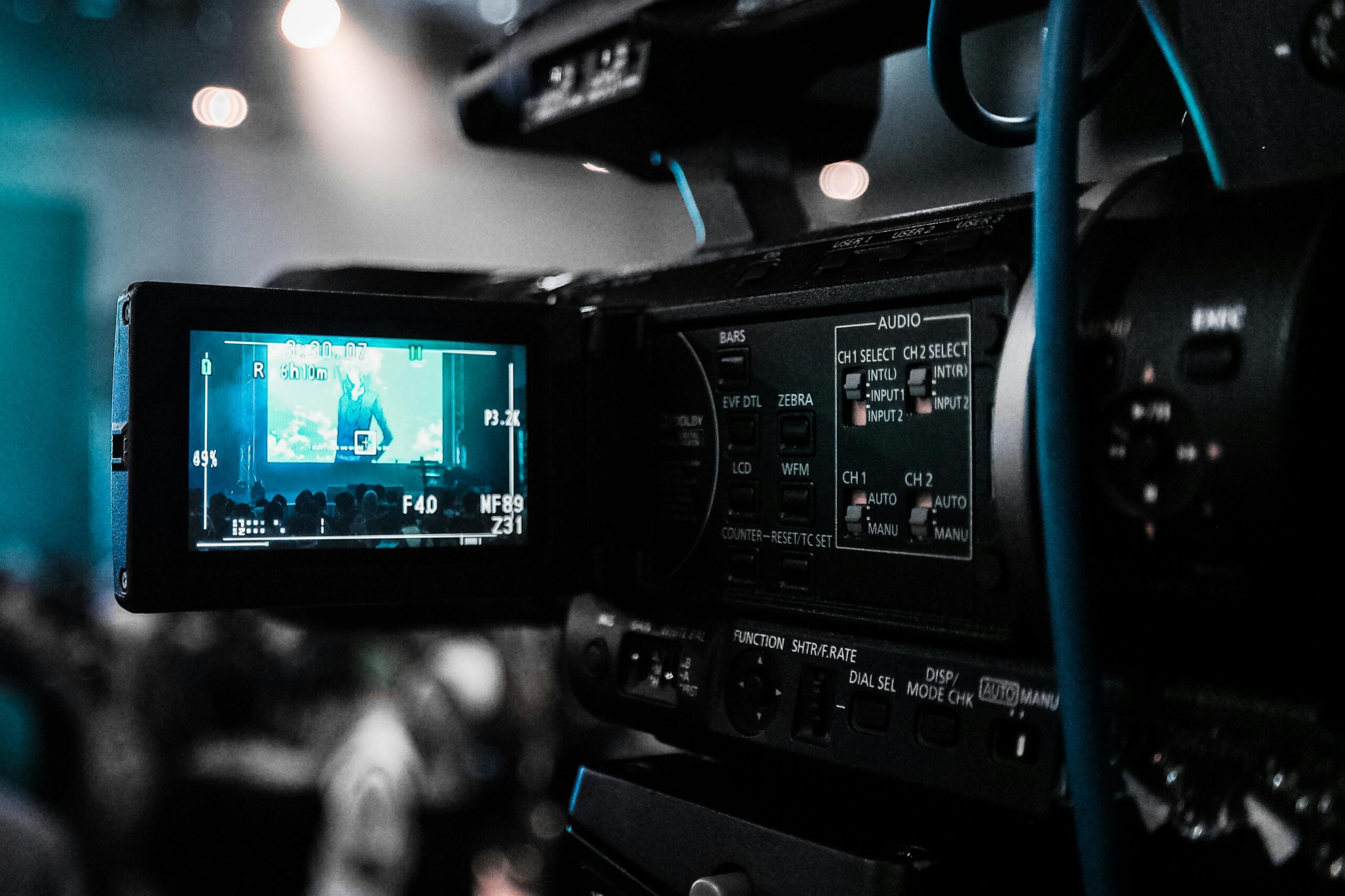From the earliest motion picture experiments to today’s high-resolution video streaming services, the evolution of videography has marked a striking progress in technology and creative expression. This journey reveals how inventive minds overcame immense challenges to transform our ways of capturing and sharing life’s moments. Let us delve into this fascinating history to explore when the video camera was invented and monitor the steady advancements that followed.
The Dawn of Videography
The origin of videography is firmly rooted in the invention of photography. This was a groundbreaking discovery in itself, as it allowed visually recorded history for the first time. However, by combining the principles of photography with those of motion, innovators began envisioning moving pictures. This experimental phase laid down the basic frameworks that would shape videography for years to come.
First Movie Cameras
Inventing functional movie cameras involved overcoming numerous technical issues. In 1890, Thomas Edison and his team developed an early version called the Kinetograph, designed for short films. A couple of years later, Auguste and Louis Lumière created their Cinematograph camera, introducing lightweight equipment for filmmakers.
Birth of Video Cameras
In the 1920s and 1930s, television started making its appearance on the world stage. Still, it was not until 1956 that Ampex Electric Corporation revolutionized broadcasting with their videotape recorder (VTR). According to history of the video camera invention, this marked a significant turning point as it improved picture quality while allowing recordings to be played back instantly.
Rise of Video Cassette Recorders
By the late 1970s and early 1980s, video cassette recorders (VCRs) were fast becoming house-hold items. These machines allowed users to record live television broadcasts onto cassette tapes and watch previously recorded programs, heralding the era of on-demand entertainment.
The Camcorder Era
In 1983, Sony introduced the first consumer camcorder — The Betamovie BMC-100P. This invention merged a camera and recorder into a single hand-held unit, fulfilling the dream of home movie making. These portable devices greatly popularized videography amongst average consumers.
Transition to Digital
From the 1990s onward, analogue systems rapidly moved towards digital technology. This transition eliminated image degradation that occurred with repeated playback of tape-based systems. It also made it significantly easier to edit videos, resulting in widespread use of digital technology in broadcasting and filming activities.
Advent of High Definition
Throughout the 2000s, high-definition (HD) cameras experienced massive popularity. These cameras provided significantly improved visual quality compared to previous generations, enhancing the viewer’s overall experience by allowing them to perceive cinematic details like never before.
Explosion of Online Video Services
The rise of YouTube in 2005 dramatically changed video content consumption and production. This platform, alongside later entrants like Netflix and Amazon Prime Video, benefitted from faster internet speeds to deliver high-quality streaming videos globally.
Smartphone Revolution
Suddenly everyone became potential videographers thanks to smartphone cameras. Earth-shattering improvements in mobile camera technology over a period meant that capturing high-quality videos was just a pocket away for many individuals across the globe.
Drones and Aerial Videography
The advent of affordable drone technology opened up new doors for video-making. Aerial shots once reserved for high-budget productions became accessible to ordinary videographers, adding a unique dimension to the visual storytelling of our times.
Action Cameras and Adventure Videography
With the introduction of action cameras like GoPro, a new type of videography emerged — adventure videography. These compact and rugged cameras can be attached to virtually anything, allowing users to film extreme sports or captivating wildlife footage in exceptional detail and from unique perspectives.
Virtual Reality and 360° Videos
In recent years, innovations like virtual reality (VR) and 360° videos have added an immersive dimension to videography. By generating a sense of depth and allowing viewers to control their perspective, this technology promises an exciting future for the industry.
4K and Beyond
Tech advances continue with the onslaught of Ultra High Definition (UHD) or 4K video resolutions, delivering four times the detail of HD. However, companies are not stopping there, as development is already underway for 8K resolutions and beyond to promise a mesmerizing viewing experience.
A Continuing Evolution
The history of videography is an ongoing testament to human curiosity and creativity. From the earliest movie cameras to current immersive VR experiences, every step enhances our ability to capture moments more authentically. And one can only imagine what exciting developments still lie ahead!
